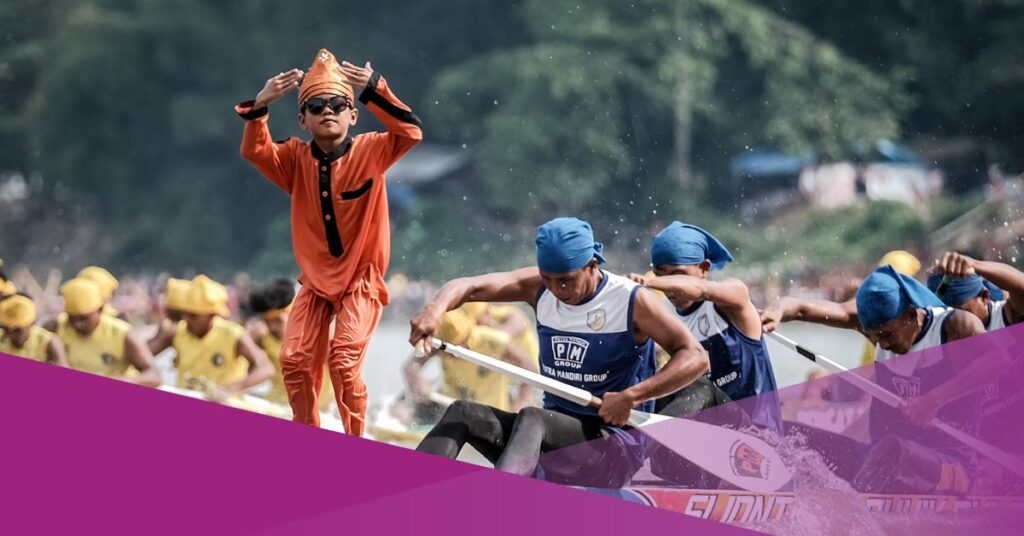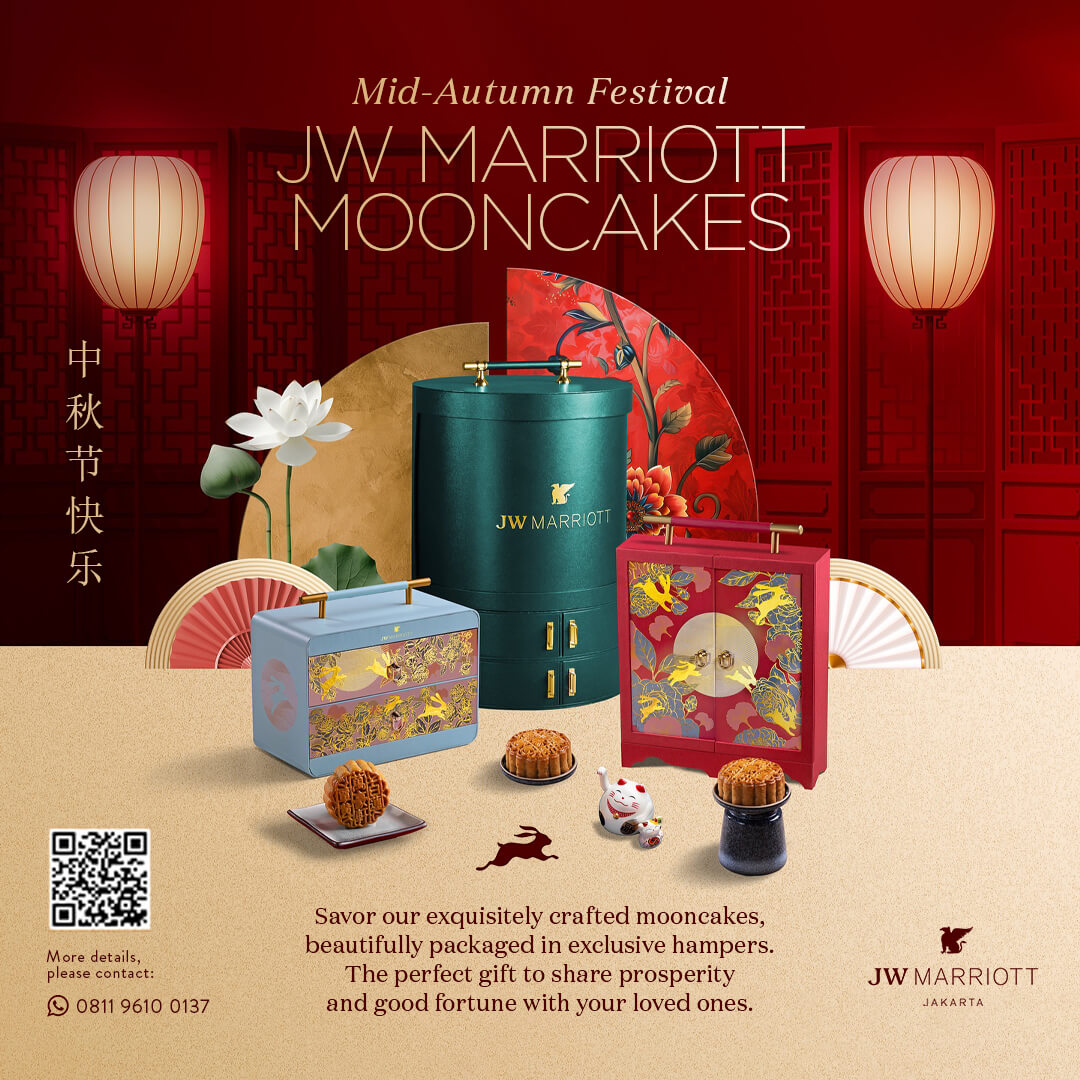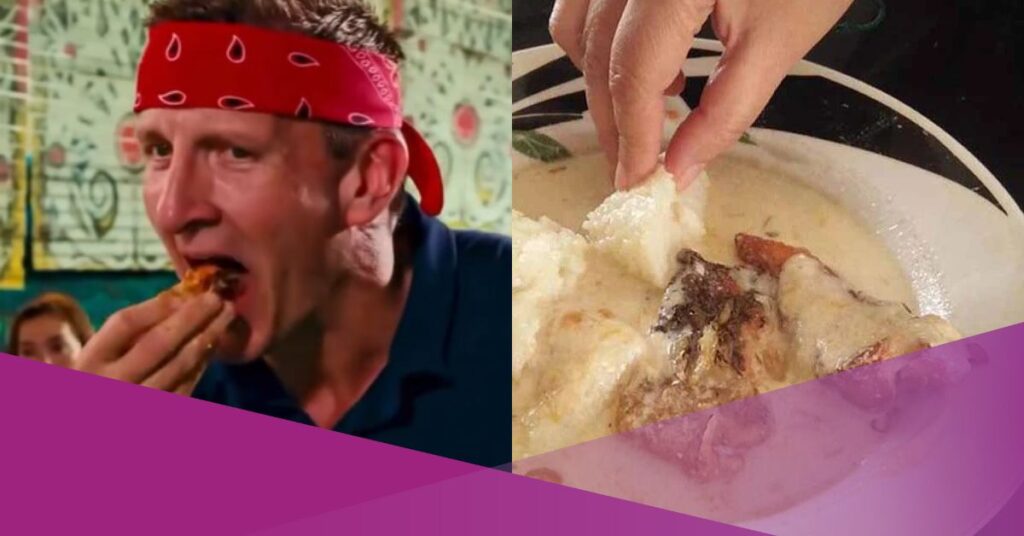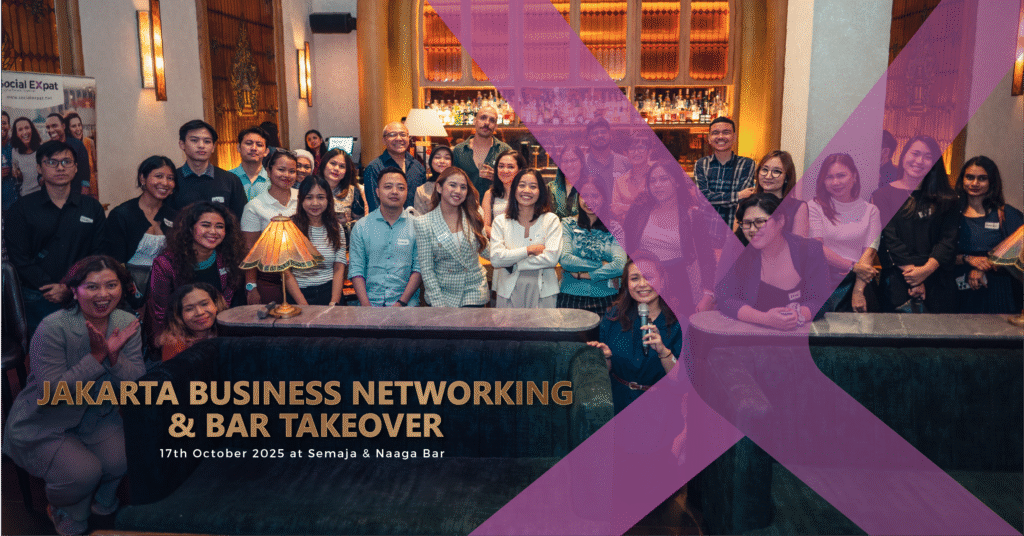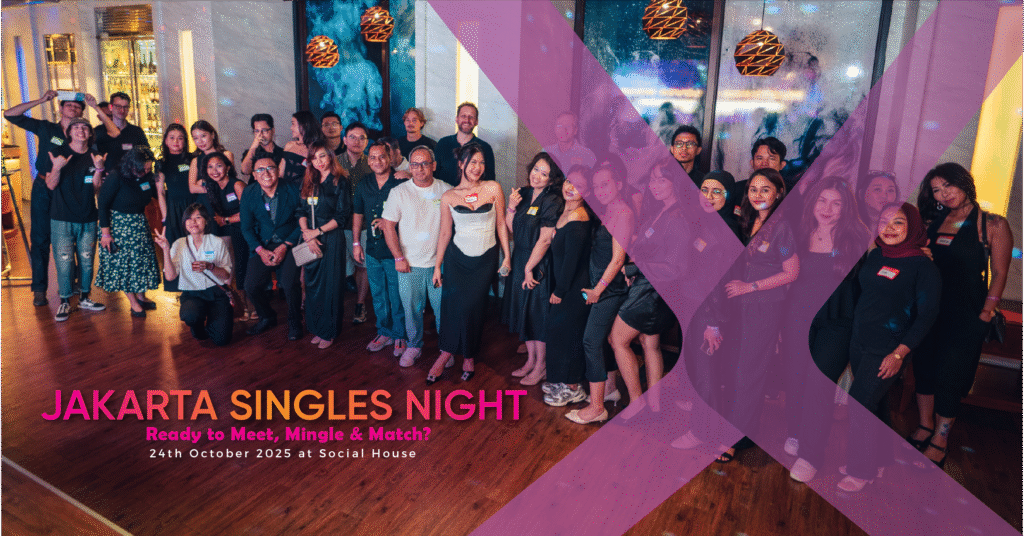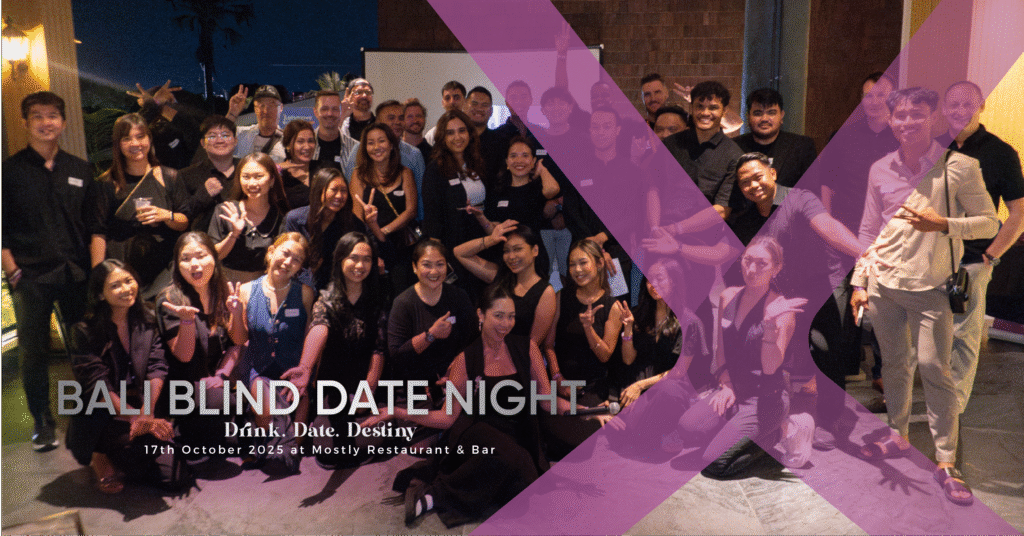The Pacu Jalur festival, a traditional longboat race held annually in Kuantan Singingi Regency of Riau Province, Indonesia, is experiencing renewed global interest. Here’s why!
What is Pacu Jalur? A Cultural Tradition from Riau
This cultural celebration, rooted in history and community, has gone viral on international social media platforms, bringing newfound recognition to a centuries-old boat competition that reflects the spirit and identity of the local people.
Originally a means of transportation along the Kuantan River during the 17th century, the jalur (longboat) played an essential role in the lives of villagers across Rantau Kuantan. Before the development of land routes, the river acted as the main connector between upstream Hulu Kuantan and downstream Cerenti.
The boats, often beautifully carved and capable of carrying 40 to 60 people, were used to transport crops such as sugarcane and bananas.
The Festival’s Evolution Through Time
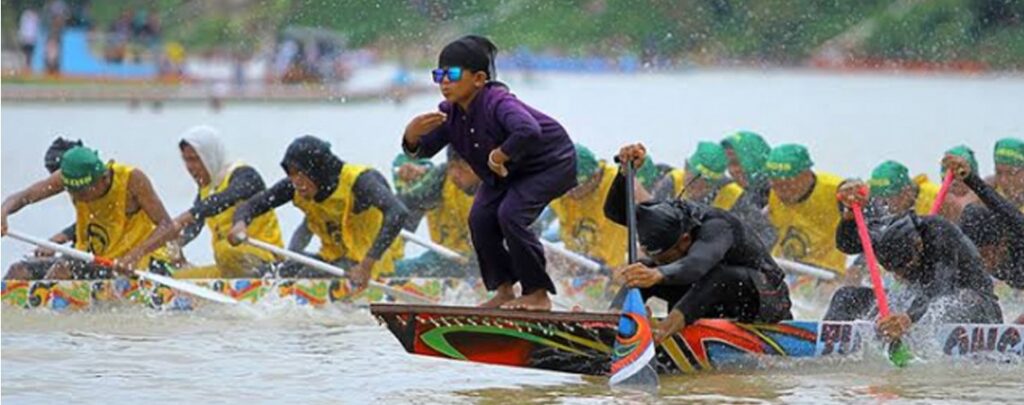
Initially held to mark Islamic New Year, Pacu Jalur transformed over time into a celebration of Indonesia’s Independence Day, now typically held in August.
During the Dutch colonial period, people also conducted the race to commemorate Queen Wilhelmina’s birthday on August 31st, a tradition influencing the race’s current two-to-three-day schedule.
Today, the event is centred in Teluk Kuantan, which becomes crowded with spectators from both near and far. Many return home from other regions of Indonesia specifically to witness this lively and deeply meaningful annual event.
Football Clubs Join the Movement
The influence of the Pacu Jalur dance has now extended beyond Indonesia’s borders. International football clubs, including Paris Saint-Germain (PSG) and AC Milan, have participated in the trend.
@psg His aura made it all the way to Paris 🇫🇷✨ #psg #indonesia #aurafarming ♬ original sound – 𝖍𝖆𝖑𝖑𝖔𝖜
PSG’s official TikTok account recently posted a video combining goal celebrations by players such as Bradley Barcola and Neymar with the now-iconic Pacu Jalur dance.
“The aura has arrived in Paris,” the caption read.
Who Is the ‘Boat Kid’ and What Is Aura Farming?
A key element of the viral trend is the Anak Coki or Tukang Tari, the child dancer who stands at the front of the boat during the race. This performer plays a unique role in the competition by dancing energetically to boost morale and signal the team’s progress.
- If the child faces the rowers, it is a sign to intensify the effort.
- If they face forward, it indicates the boat is leading.
- A prostration at the finish line often symbolises victory and gratitude.
Due to their light weight and agility, children are ideal for maintaining the balance of the long boat while performing choreographed movements that resemble the motion of snakes or dragons.
The viral trend known as ‘Aura Farming’ emerged from social media, where viewers likened the dancer’s charisma to collecting energy or “aura” for the team. Videos of these child dancers have exploded in popularity since June 2025, and the hashtags #BoatKid and #PacuJalur have surpassed 360 million views on TikTok.
TikTokers from around the world have since recreated the dance using upbeat music such as Don Omar’s “Danza Kuduro” and Jungkook’s “Seven”.
Fun Facts About the Pacu Jalur Festival
1. More Than 100 Years of Tradition
The rowing competition has deep roots in Riau’s cultural landscape, believed to have originated in the early 20th century as part of harvest rituals and religious celebrations.
2. Gigantic Ornate Boats
The ‘Jalur’ boats measure up to 40 metres and are adorned with vibrant carvings of snakes, crocodiles, or mythical birds like Garuda. Some boats also display umbrellas, rigging, shawls, and flags.
3. Traditional Opening Dance
Before each race, local dancers often children in beautiful attire perform on a stage by the riverbank. These performances have also gained attention on social media.
4. Attracting Global Tourists
The festival is now included in the Ministry of Tourism Kharisma Event Nusantara calendar. It continues to attract both domestic and foreign tourists, particularly from neighbouring Asian and European countries.
5. UNESCO Recognition
Pacu Jalur is currently being proposed for inclusion as an intangible cultural heritage by UNESCO, underscoring its cultural and historical importance not only for Indonesia but for the global community.
6. A Symbol of Local Community and Identity
More than a sport, the race represents cooperation, strategy, and regional pride. The entire process, from training and boat decoration to the competition, highlights the unity and mutual support within Kuantan Singingi communities.
A Cultural Representation of Indonesia
As Pacu Jalur gains global recognition, it not only entertains but also educates the world about Indonesia’s rich traditions, particularly those of the Malay community in Riau. From boat races to viral dances, this cultural festival continues to evolve while remaining firmly rooted in its heritage.
With ongoing promotion, creative content, and participation from the younger generation, the Pacu Jalur festival is poised to remain a lasting cultural icon of Kuantan Singingi and a proud representation of Indonesia on the world stage.
cover: wonderfulimages.kemenparekraf
